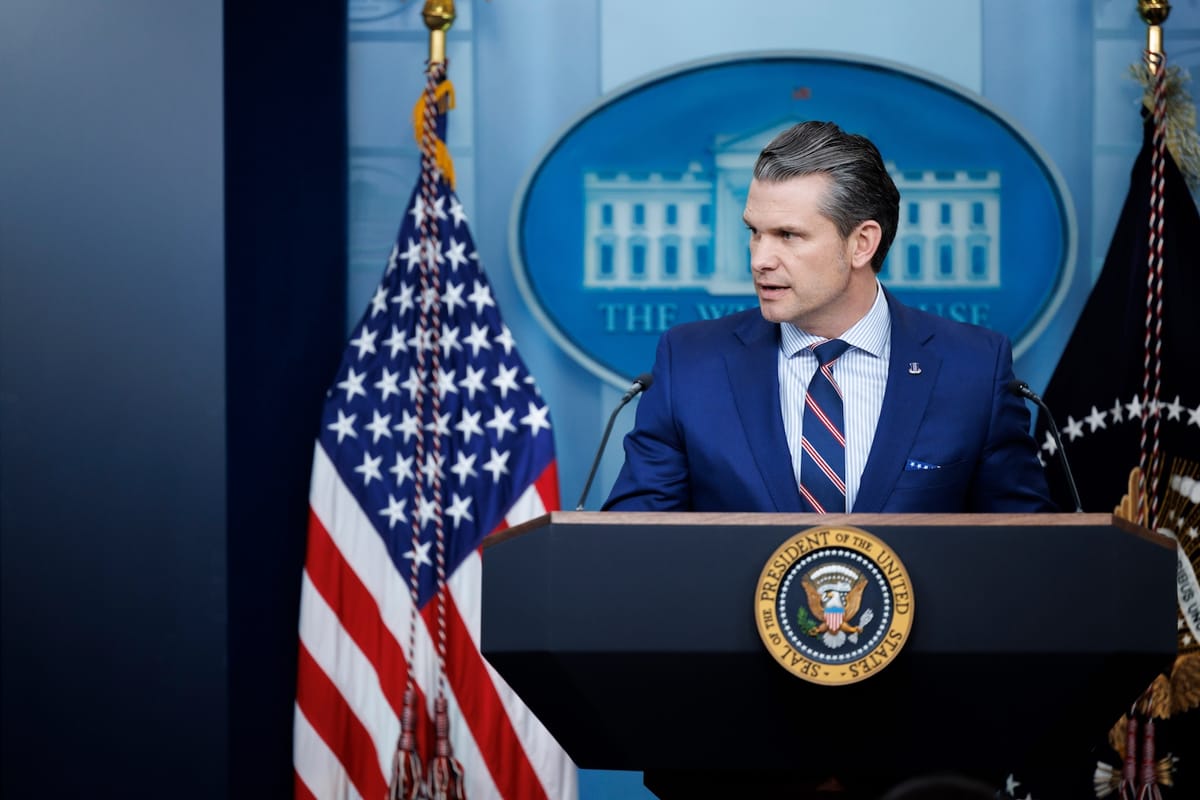

Significant Reforms Underway in U.S. Military Leadership
In a bold move to reshape the structure of the U.S. military, Secretary of Defense Pete Hegseth announced on May 5 a substantial reduction in the number of top-ranking officers. This directive includes a 20 percent cut in four-star generals and admirals, often referred to as flag officers, alongside reductions in other officer ranks across the armed forces. This decision aligns with the broader vision of President Donald Trump’s administration to streamline and reform the Department of Defense for greater efficiency.
The announcement marks a significant shift in military personnel policy, reflecting a commitment to reevaluating the sprawling hierarchy within the Pentagon. Hegseth’s order is seen as a response to long-standing concerns about an overabundance of high-ranking officers, which some argue has led to bureaucratic inefficiencies. The cuts are intended to create a leaner, more agile military leadership capable of addressing modern challenges with precision.
Key Dismissals and Structural Changes
As part of this sweeping reform, several prominent figures have already been relieved of their duties. Notably, Chairman of the Joint Chiefs of Staff Gen. C.Q. Brown, National Security Agency Director Gen. Timothy Haugh, and Chief of Naval Operations Admiral Lisa Franchetti are among those dismissed. These high-profile removals signal a no-nonsense approach from Hegseth, who is prioritizing a restructuring that aligns with the administration’s goals.
Beyond the reduction in numbers, the Department of Defense under Hegseth’s leadership has initiated changes to training protocols and recruitment strategies. These efforts aim to ensure that the military not only reduces overhead but also focuses on cultivating talent that meets the strategic needs of the nation. The emphasis is on quality over quantity, with an eye toward maintaining strength and readiness.
This restructuring comes at a time when the military faces evolving threats and budgetary constraints. By trimming the officer ranks, resources can be redirected to frontline operations and technological advancements, ensuring that the armed forces remain robust and prepared for any challenge.
Administration’s Vision for Defense Reform
Since President Donald Trump took office on January 20, 2025, his administration has made it clear that reforming the Department of Defense is a top priority. The cuts to senior military leadership are just one piece of a larger puzzle aimed at overhauling how the Pentagon operates. Secretary Hegseth has been tasked with implementing these changes swiftly, reflecting the urgency with which the administration views these reforms.
The focus on reducing the number of officers is rooted in a belief that a top-heavy structure can hinder decision-making and operational effectiveness. By scaling back, the administration hopes to foster a more responsive and dynamic military capable of adapting to rapidly changing global landscapes. This initiative underscores President Trump’s commitment to ensuring that every dollar spent on defense yields maximum benefit for national security.
Reactions and Implications of the Cuts
While specific quotes from officials or stakeholders were limited in the available sources, the general sentiment within defense circles suggests cautious support for the move. Many see this as a necessary step to address long-standing inefficiencies, though the transition period may pose challenges as new leadership structures are established. The immediate impact of these dismissals and reductions will likely be felt across all branches of the military as roles and responsibilities are redefined.
The broader implications of this policy shift remain to be seen, but it is clear that Secretary Hegseth is intent on leaving a lasting mark on military organization. As these changes unfold, the focus will be on maintaining operational readiness while implementing cuts that do not compromise the strength of the armed forces. This balance will be critical to the success of the administration’s defense agenda.
Dues are $12 per year. Member benefits:
✅ Ad-Free Website Viewing
✅ Advocacy for Republican Seniors
✅ 120+ Senior Discounts
✅ Member Only Newsletters